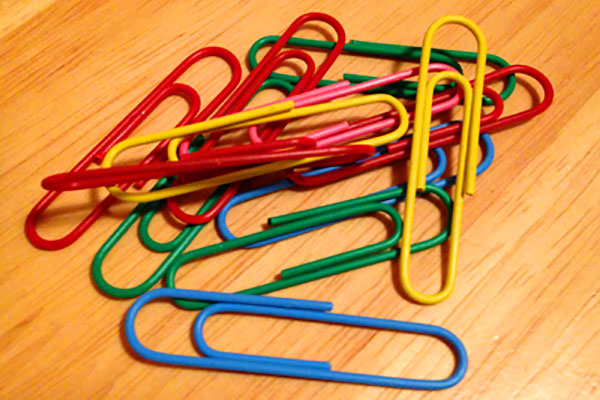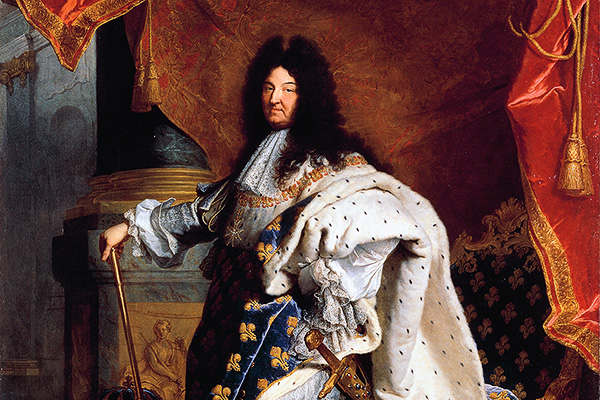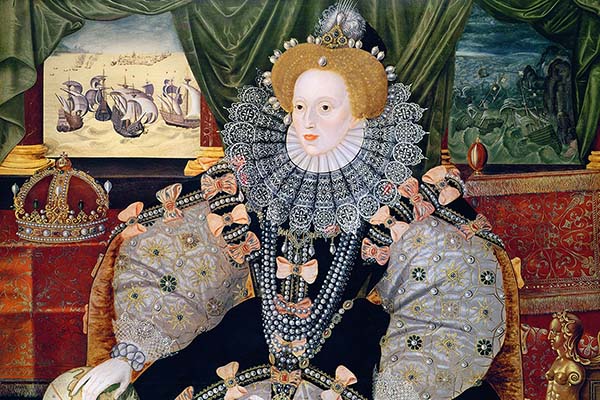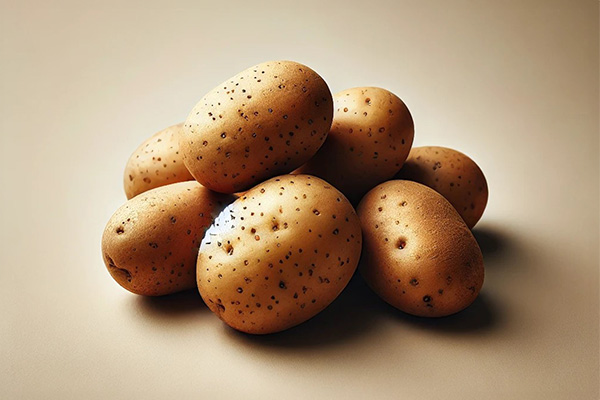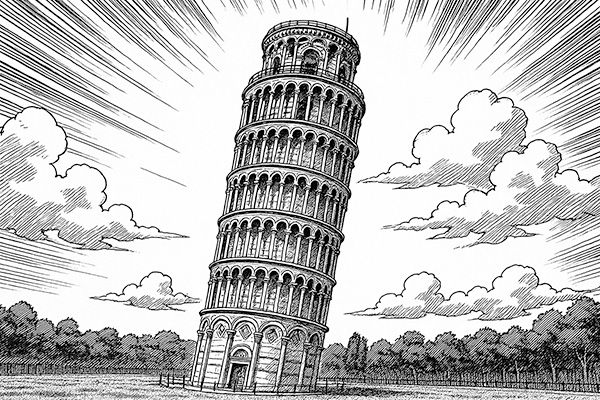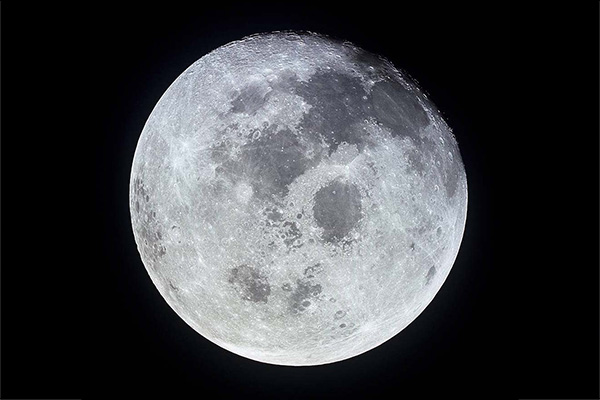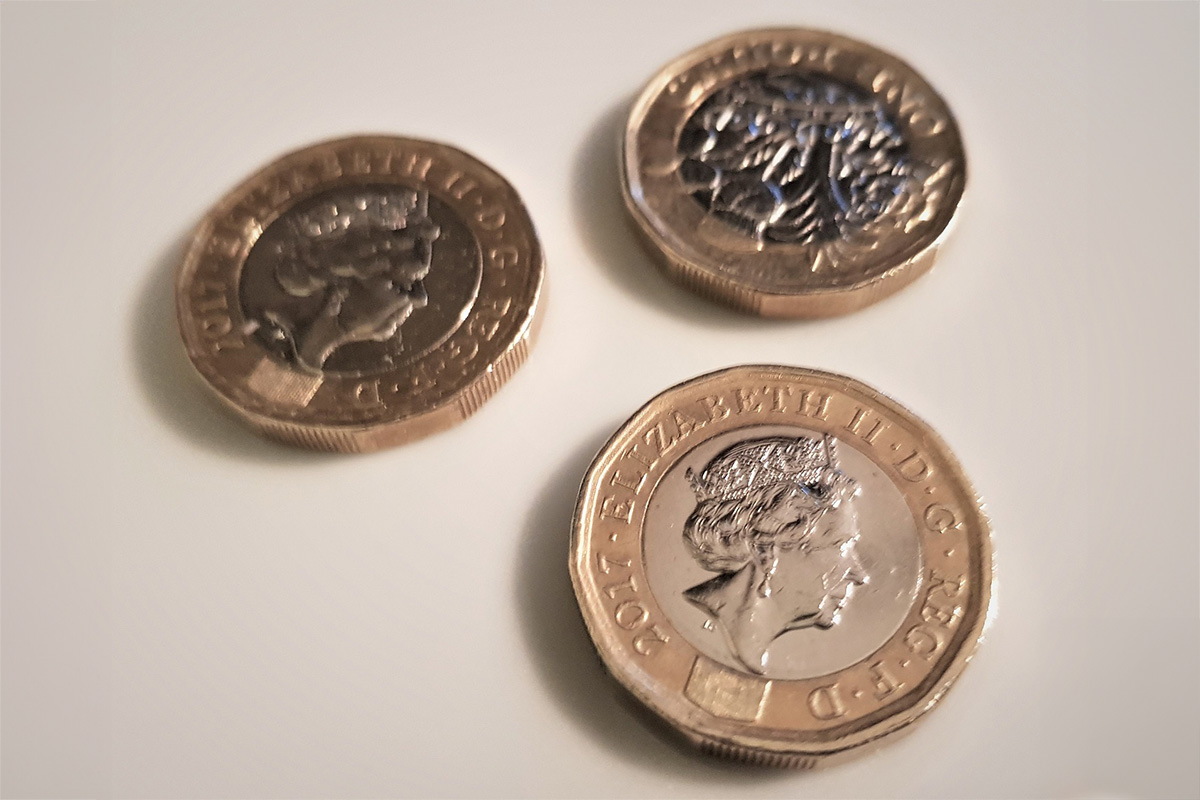
The Pound isn't only used in the United Kingdom. As well as being used in the independent islands of Jersey, Guernsey and the Isle of Man surrounding the British Isles, the currency is used as far away as the Antarctic (at least in the part Britain claims anyway - not sure how many shops there are there though!), Gibraltar, the Falkland Islands, and a few islands in the mid and South Atlantic. In most of these places, a local version of the currency is used, and cannot be used in other Pound-using territories.
Not all banknotes in the UK come from the Bank of England, and not all of them are technically legal tender. While Bank of England notes are legal tender in England and Wales, they aren't legal tender in Scotland or Northern Ireland, though they are still widely accepted. In fact, several banks are authorised to issue their own notes: in Scotland, these include the Bank of Scotland, Royal Bank of Scotland, and Clydesdale Bank; and in Northern Ireland, notes are issued by Bank of Ireland, Danske Bank, Ulster Bank, and First Trust Bank. These locally issued notes are considered legal currency but not legal tender, meaning they aren't required to be accepted but usually are, especially in their respective countries. Occasionally, you might get a confused look trying to use a Scottish or Northern Irish note in England, but they are still genuine money.
The Pound Sterling currency is made up of several coins and notes. In everyday use across the UK are 1p, 2p, 5p, 10p, 20p, 50p, £1, and £2 coins, as well as £5, £10, £20, and £50 notes. While £1 notes are no longer issued by the Bank of England (they were withdrawn in 1988), they are still produced in Guernsey, Jersey, the Isle of Man, and by the Royal Bank of Scotland. These regions also issue high-denomination £100 notes. In addition, commemorative coins with denominations such as 25p, £5, and even £50 have been produced — and while they are legal tender, this doesn’t mean shops or banks have to accept them. Legal tender status simply means the coins can be used to settle debts in court, retailers are under no obligation to accept them as payment. So if you try to buy a meal deal with a shiny £50 coin, the shop can still politely (or not so politely) refuse to take it.
Decimalisation came into effect in 1971. It was basically a replacement of the old style money which included such weird and wonderful coins and notes like farthings, florins, threepenny pieces, crowns, half crowns and guineas. 5p and 10p coins were introduced in 1968, being the same shape and size and of equal value to 1 shilling and 2 shillings. 50p coins were introduced in 1969 (replacing 10 shilling notes), and the ½ penny, 1p and 2p coins were introduced in 1971. Certain old coins continued to be legally accepted for a while after the introduction of decimalisation. The old sixpence coin could be used as 2½p until 1980. 1 shilling coins could be used until 1990 and 2 shilling coins until 1993. They were taken out of circulation only because the sizes of the 5p and 10p coins were reduced. 20p coins were introduced in 1982, £1 coins in 1983 and £2 coins in 1998. ½p coins were taken out of circulation in 1984.
Also in existence are £1 million notes and £100 million notes. These are known as Giants and Titans respectively. These are held by Scottish and Northern Irish banks. This is because they have to hold the equal amount in pound sterling as the notes that they issue in their own currency.
During the Second World War, Nazi Germany produced large quantities of counterfeit British sterling notes to devalue the currency and destabilise the British economy. By the end of the war in 1945, 12% of the value of the notes in existence were forgeries. Britain responded by taking notes of higher denominations out of use and putting metal threads through the notes that they produced. These metal threads are still found in currency today.
British coins have featured the face of the reigning monarch for over a thousand years — for many people in the past, it was the only way they knew what their king or queen looked like! King Charles III now appears on newly minted coins, with his first designs entering circulation from late 2022. Banknotes, however, are a bit different. Although Queen Elizabeth II was the first monarch to appear on Bank of England notes (starting in 1960), Charles III is set to appear on all four denominations (£5, £10, £20, and £50), with new notes expected to enter circulation in 2024, gradually replacing older designs as they wear out.
The reverse side of Bank of England notes features famous Brits from history. At the moment, Winston Churchill appears on the £5 note, Jane Austen on the £10, JMW Turner on the £20, and Alan Turing on the £50. Over the years, other notable figures have included Charles Darwin, Florence Nightingale, William Shakespeare, Sir Edward Elgar, and even the Duke of Wellington. So every time you handle a banknote, you’re technically holding a bit of British history — just don’t spend too long admiring it at the checkout!
Whenever the Royal Mint produces coins, it marks them with the date of production. However, in 2009 it mistakenly allowed some 20p coins into circulation without dates. About 200,000 went into circulation. Several turned up on online auction sites for sale at many times their actual monetary value.
Got a pocketful of change? Shopkeepers are legally allowed to refuse to accept payment for items if you try to give them too much small change. If they want to, they can refuse to accept more than 20p in 1p and 2p coins, more than £5 in 5p and 10p coins and more than £10 in 20p and £50p coins.


